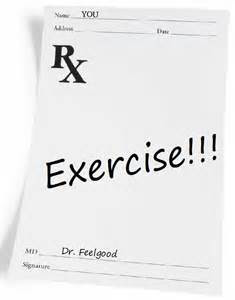Exercising with Arthritis
Although it comes in many forms throughout the body, in general arthritis is an inflammation. There are various reasons that this condition occurs, but one thing is for sure — it can affect a person of any age and in many different situations.
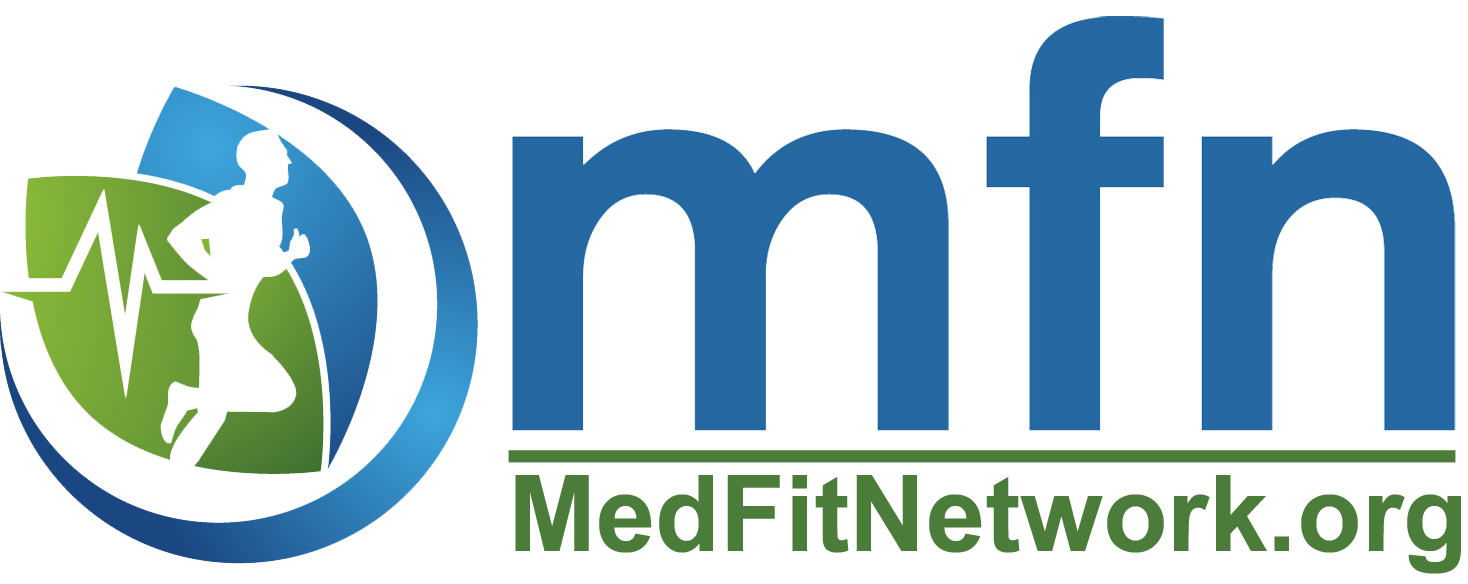

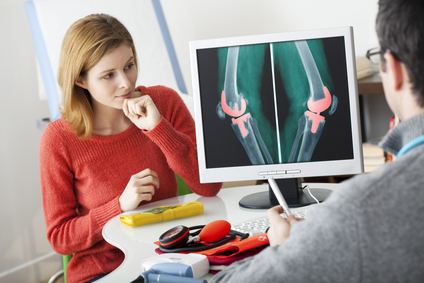
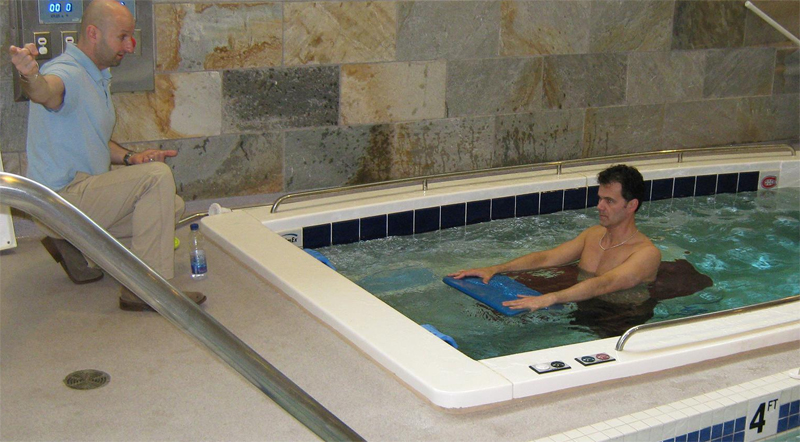
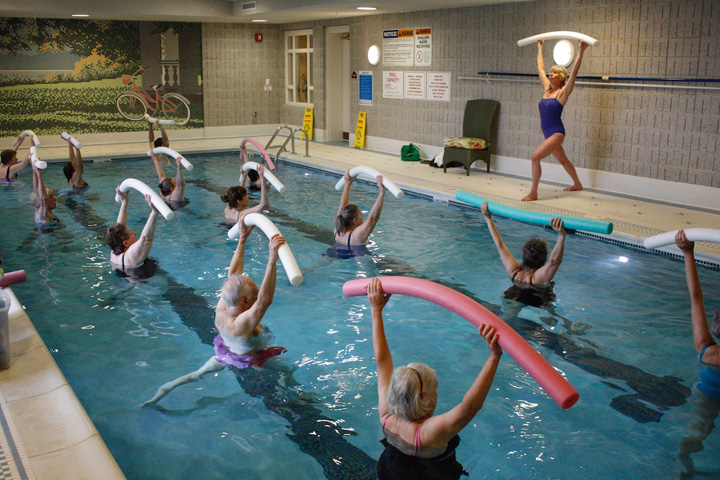

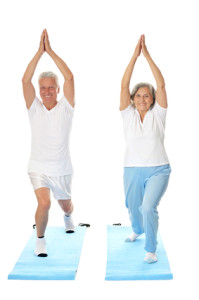 gentle yoga practice is an ideal type of movement for sufferers of arthritis because of the mindful nature of the practice. An estimated 46 million Americans suffer from at least one of the more than on hundred types of arthritis with two most common types being osteoarthritis and rheumatoid arthritis. Movement is essential for those afflicted with arthritis, but doing too much activity may result in more pain. Often, those afflicted with arthritis tend to be more de-conditioned, perhaps avoiding movement because it results in more pain.
gentle yoga practice is an ideal type of movement for sufferers of arthritis because of the mindful nature of the practice. An estimated 46 million Americans suffer from at least one of the more than on hundred types of arthritis with two most common types being osteoarthritis and rheumatoid arthritis. Movement is essential for those afflicted with arthritis, but doing too much activity may result in more pain. Often, those afflicted with arthritis tend to be more de-conditioned, perhaps avoiding movement because it results in more pain.  As with any new activity, consult your physician before starting a yoga practice. There may be certain limitations that your doctor may tell you about depending on your medical history. There are many types of yoga practices, not all of them appropriate for arthritis sufferers, so look for an instructor that has been trained in a more gentle or therapeutic style and also that has experience winking with people with arthritis. It may only take as little as 5 minutes a day to begin to see positive results! A well trained therapeutically oriented instructor will be able to guide you into a practice that fits your needs and adjust it along the way as needed.
As with any new activity, consult your physician before starting a yoga practice. There may be certain limitations that your doctor may tell you about depending on your medical history. There are many types of yoga practices, not all of them appropriate for arthritis sufferers, so look for an instructor that has been trained in a more gentle or therapeutic style and also that has experience winking with people with arthritis. It may only take as little as 5 minutes a day to begin to see positive results! A well trained therapeutically oriented instructor will be able to guide you into a practice that fits your needs and adjust it along the way as needed.